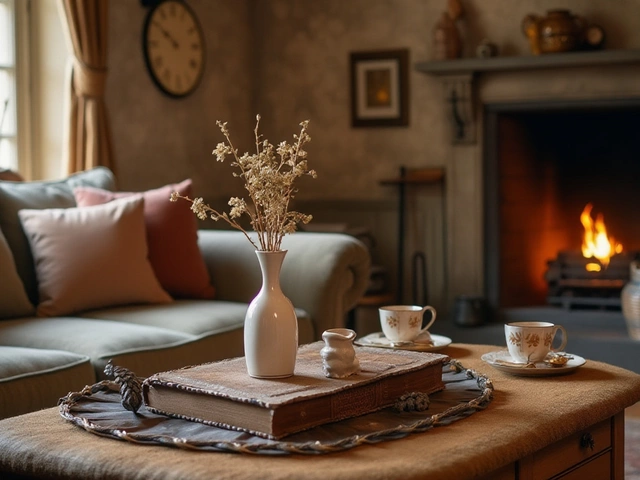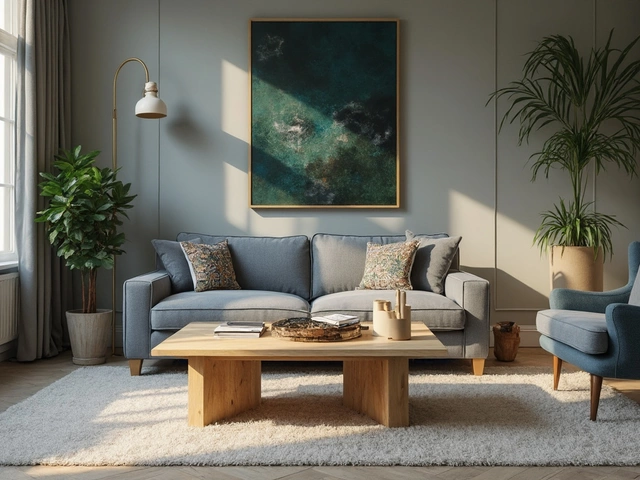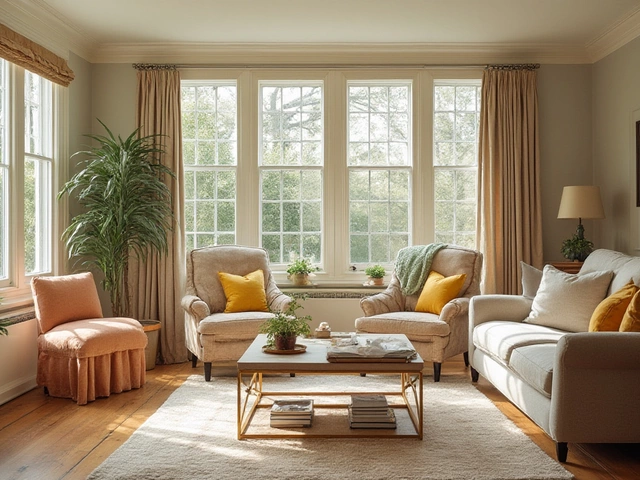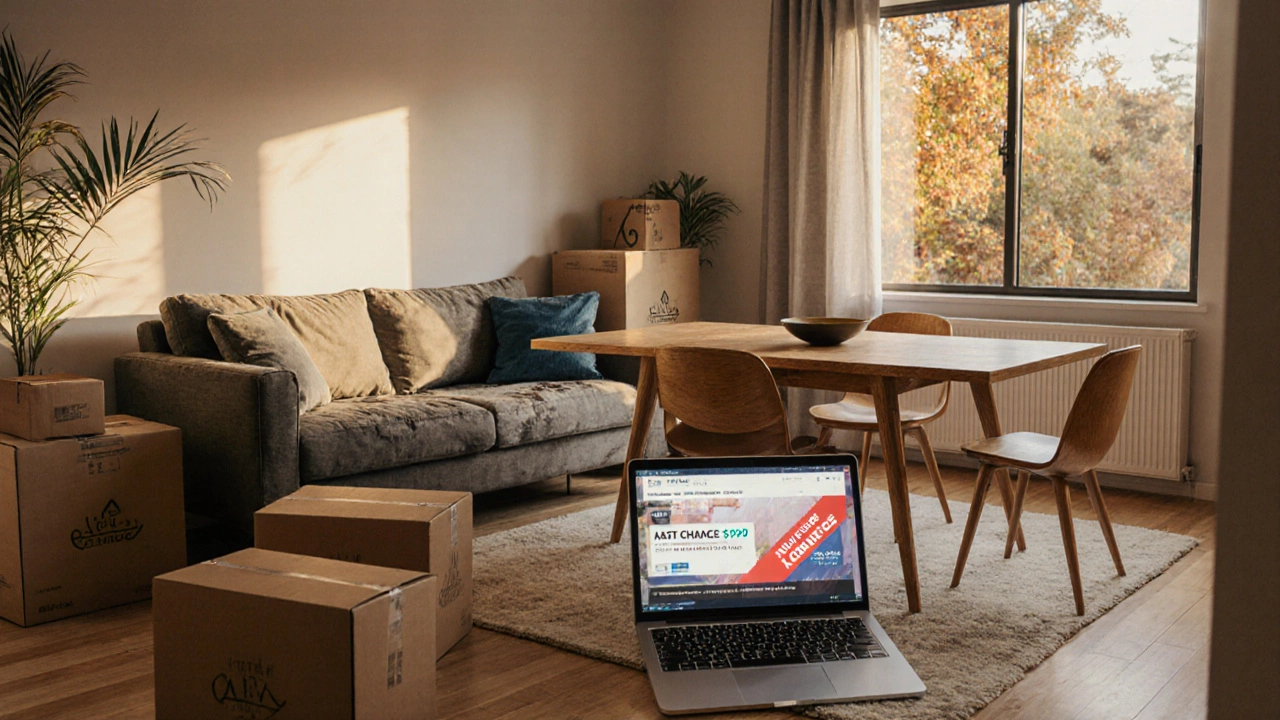 28
Oct,2025
28
Oct,2025
Furniture Discount Calculator
Find Real Furniture Discounts
Calculate genuine discounts and avoid fake sales. Based on Australian furniture market analysis.
Results
Key indicators from the article:
- Check price history over the last 3 months
- Compare across 2+ stores
- Look for "Limited Stock" or "Final Clearance" tags
- Verify if delivery is included
It’s October 2025, and you’ve been waiting. You’ve scrolled through online stores, checked the same sofa three times a week, and kept an eye on the price drop alerts. You’re not alone. Everyone’s asking: furniture prices going down? The short answer? Not really-but it’s not because stores are holding out. It’s because the game has changed.
Why furniture prices didn’t crash like you expected
In 2022 and 2023, furniture prices jumped. Shipping costs spiked, lumber prices went wild, and factories in Asia slowed down. You paid $1,200 for a couch that used to cost $800. Everyone blamed inflation. But now? Inflation’s cooled. Interest rates are dropping. So why aren’t prices falling?
The answer is supply chain stability. Factories aren’t scrambling anymore. Shipping containers are back to normal. But here’s the twist: those higher prices stuck. Why? Because retailers didn’t just raise prices-they rebuilt their margins. They learned they could sell premium designs at higher markups and still get buyers. People started valuing quality over cheapness. That shift didn’t reverse.
Even in Melbourne, where we’ve seen a slowdown in new housing builds, furniture demand hasn’t dropped. People aren’t buying new homes, but they’re still upgrading. Old sofas get worn out. Kitchen chairs break. Bookshelves sag. And when you’ve lived with something for five years, you don’t want to replace it with the same $300 option. You want something that lasts.
When you can actually find furniture discounts
Don’t give up. Prices aren’t falling across the board, but smart shoppers still find deals. The best times to buy? Right after major holidays, during end-of-season clearances, and when new collections launch.
Here’s what’s happening right now in October 2025:
- End of autumn sales: Stores are clearing out winter collections. Think wool rugs, heavy velvet sofas, and dark wood dining sets. These are discounted 20-35%.
- New inventory arriving: Brands like IKEA, Freedom, and Adairs just dropped their 2026 spring lines. That means last year’s models are being moved out fast-especially in-store.
- Online flash sales: Amazon, Kogan, and Catch run weekly furniture deals. They’re not always deep, but they’re reliable. Look for "Last Chance" tags or "Warehouse Clearance" banners.
One real example from a Melbourne warehouse last week: a mid-century oak dining set that was $1,499 in June is now $999. Same product. Same delivery. Just cleared to make room for new stock.
What’s not on sale-and why
Not everything is discounted. Premium brands like Città, De Padova, and even Australian-made lines from Tait or Lazzarini aren’t slashing prices. Why? Because they don’t need to. Their customers aren’t price-sensitive. They care about craftsmanship, sustainable materials, and design longevity.
Also, custom furniture? Still expensive. If you’re ordering a made-to-measure sectional or a solid timber bed frame, expect to pay 15-25% more than pre-pandemic. Labor costs in Australia have risen. Skilled cabinetmakers are in short supply. That’s not going away.
And let’s not forget eco-friendly furniture. Bamboo, recycled plastic, FSC-certified wood-these materials cost more to source. Retailers aren’t lowering prices on them. They’re charging more. But here’s the thing: people are okay with it. More than 60% of Australian buyers now say sustainability matters as much as price, according to a recent survey by the Australian Furniture Association.
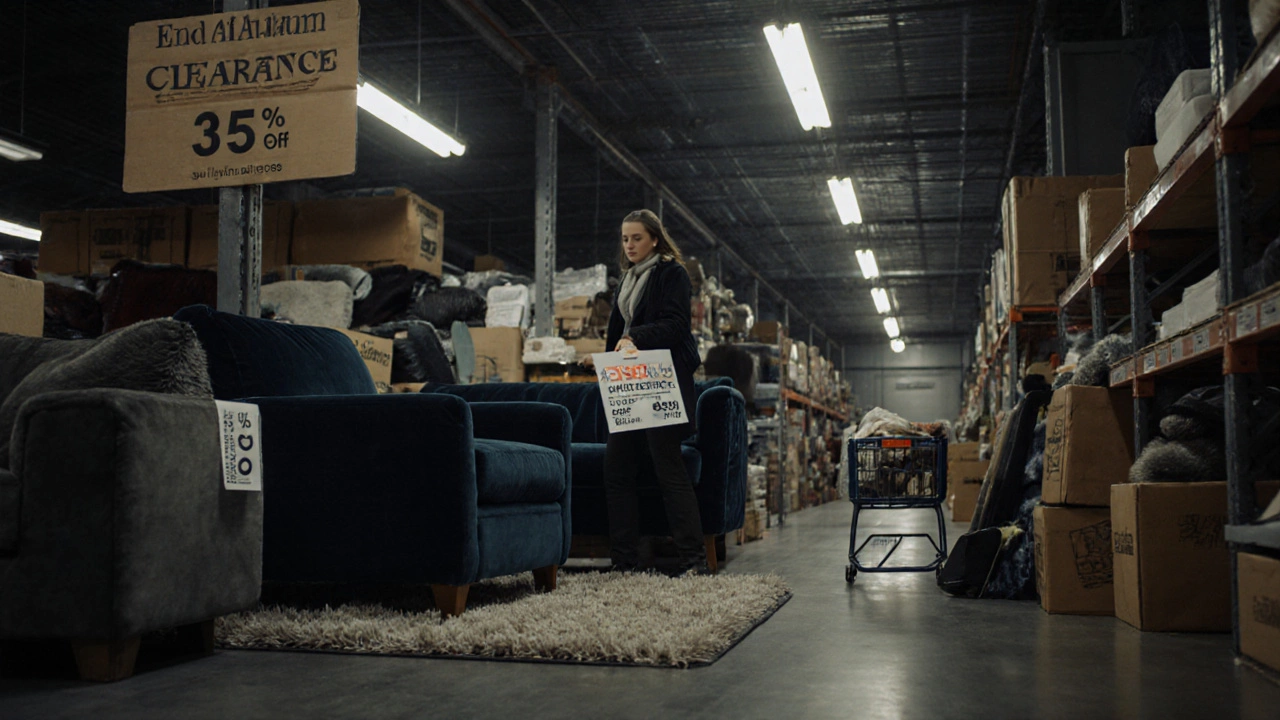
How to spot a real deal vs. fake discount
Watch out for the "was $1,500, now $999" trick. That $1,500 was never the real price. It’s a fake anchor. Retailers inflate the original price so the discount looks bigger.
Here’s how to tell if a sale is legit:
- Check price history: Use a site like PriceHistory.com.au or Google Shopping. See what the item sold for three months ago.
- Compare across stores: If the same sofa is $1,100 at Adairs and $1,120 at Freedom, the "sale" at Freedom might just be normal pricing.
- Look for inventory tags: If it says "Limited Stock" or "Final Clearance," it’s probably a real discount. If it says "New Arrival," it’s not.
- Ask about delivery: Some stores drop the price but add $200 in delivery fees. Always ask: "Is delivery included?"
I once bought a coffee table that was advertised as 40% off. I checked its price on the brand’s website from six months back. It had never been higher than $550. The "discount" was $450. I walked away. That’s the kind of trap you need to avoid.
Where to look for the best furniture deals in 2025
Forget waiting for a nationwide sale. The real bargains are local and timed.
- Local furniture warehouses: Check out places like Furniture Outlet in Dandenong or The Warehouse in Preston. They sell overstock, returned items, and display models. These aren’t "damaged"-they’re just no longer in the showroom. You can save 30-50%.
- Facebook Marketplace and Gumtree: People are selling high-end pieces they bought during the pandemic and now want to upgrade. Look for "Moved interstate" or "Downsizing" posts. A $2,000 leather lounge might be listed for $800.
- Outlet stores: Freedom, Briscoes, and Harvey Norman all have outlet sections. They’re often tucked in the back of big stores. Go early on a Saturday-best picks go fast.
- End-of-financial-year sales (July): Even though it’s past now, mark your calendar. That’s when stores clear old stock to meet annual targets. You’ll find the deepest discounts of the year.
One friend in Carlton bought a full bedroom set-bed, two nightstands, dresser-for $790 at a warehouse clearance. It was from a 2023 collection. Looked brand new. Came with a 2-year warranty. That’s the kind of win you can still find.
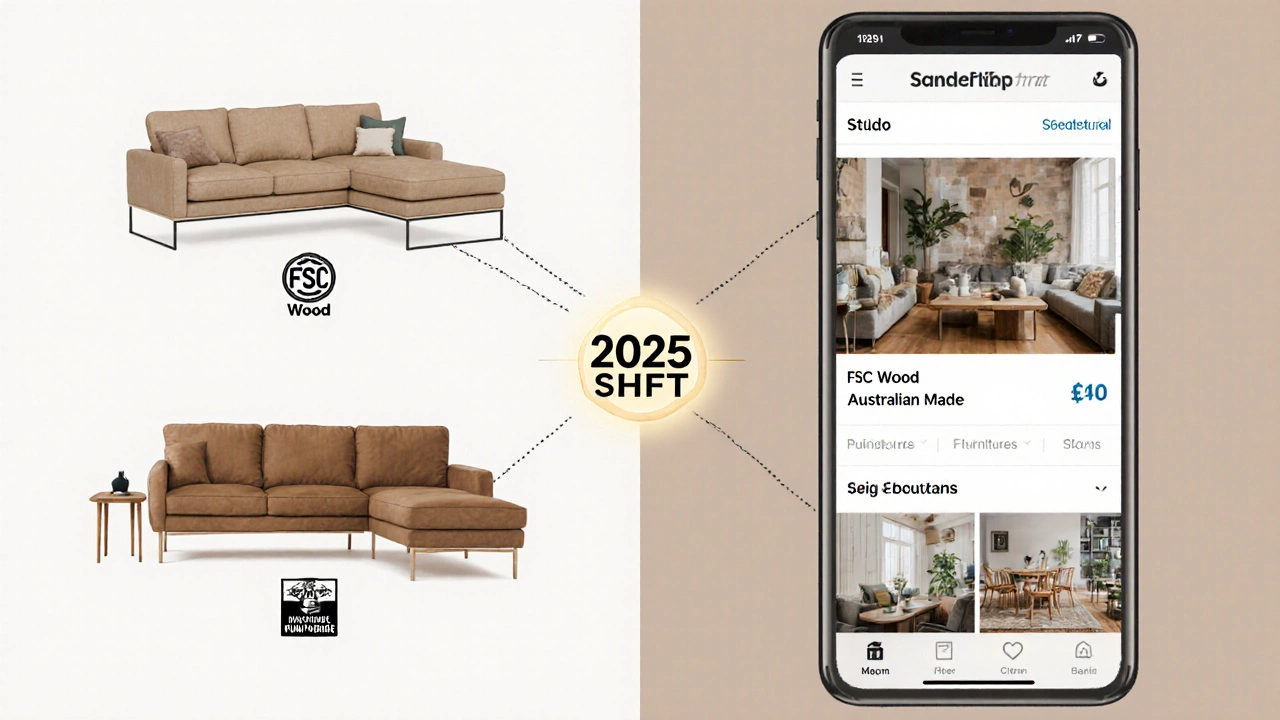
Should you wait for prices to drop?
If you’re patient and flexible, yes-but not forever. Waiting too long can backfire.
Here’s the reality: furniture prices aren’t going to drop to 2020 levels. The cost of materials, labor, and logistics has permanently shifted. But there are still windows of opportunity.
Wait if:
- You’re flexible on style or color
- You’re okay with last year’s model
- You’re not in a rush to furnish a new home
Buy now if:
- You need it for a move or renovation
- You found a real discount (not a fake one)
- You’re buying something that will last 10+ years
Think of furniture like a car. You don’t wait for a new model to drop to buy one that’s already reliable. You buy when the value makes sense.
What’s next for furniture shopping in 2026
Expect more transparency. More brands are starting to show their cost breakdowns: "This sofa costs $320 to make, $180 to ship, $100 for labor, $200 profit." It’s a new trend. Customers want to know they’re not being played.
Also, rental furniture is growing fast. Companies like Nest and Rent-a-Furnish let you lease a sofa for $60/month with an option to buy. If you’re not ready to commit, this could be your smartest move.
And AI-powered recommendations? They’re here. Apps now suggest furniture based on your room photos, budget, and style preferences. You can upload a picture of your living room and get three matching options under $1,000. No more guesswork.
So no, furniture prices aren’t crashing. But they’re not stuck either. The market is smarter now. And so are shoppers. The key isn’t waiting for a miracle drop-it’s knowing when to strike.
Are furniture prices going down in 2025?
Furniture prices aren’t falling broadly in 2025, but they’re not rising either. Most items are stable or slightly discounted during clearance periods. The big price spikes from 2022-2023 have settled, but retailers haven’t lowered base prices because consumer demand for quality has stayed high. Real discounts come during end-of-season sales, warehouse clearances, and when new collections launch.
What’s the best time to buy furniture in Australia?
The best times are late March to April (end of summer), late September to October (end of autumn), and July (end of financial year). Stores clear old stock to make room for new collections. Also, watch for Black Friday deals in November-they’ve gotten stronger in Australia since 2023.
Is it cheaper to buy furniture online or in-store?
Online stores often have lower overhead, so they can offer better prices on standard items. But in-store outlets and warehouse sales can beat online prices-especially for display models or overstock. Always compare, and ask if delivery is included. Some online deals add $150-$300 in shipping fees.
Why are some furniture pieces still expensive?
Premium, custom, and sustainably made furniture costs more because materials and labor have increased. Australian-made pieces use higher-grade timber, ethical labor, and local production-all of which raise the price. These aren’t going to drop. But they’re built to last decades, so the long-term value is higher.
Should I wait for Black Friday to buy furniture?
Black Friday can offer good deals, but it’s not always the best. Many retailers inflate prices in November just to "discount" them. Look at price history first. If you need something now and find a real clearance deal, don’t wait. The best sales are often in late October or early July.


